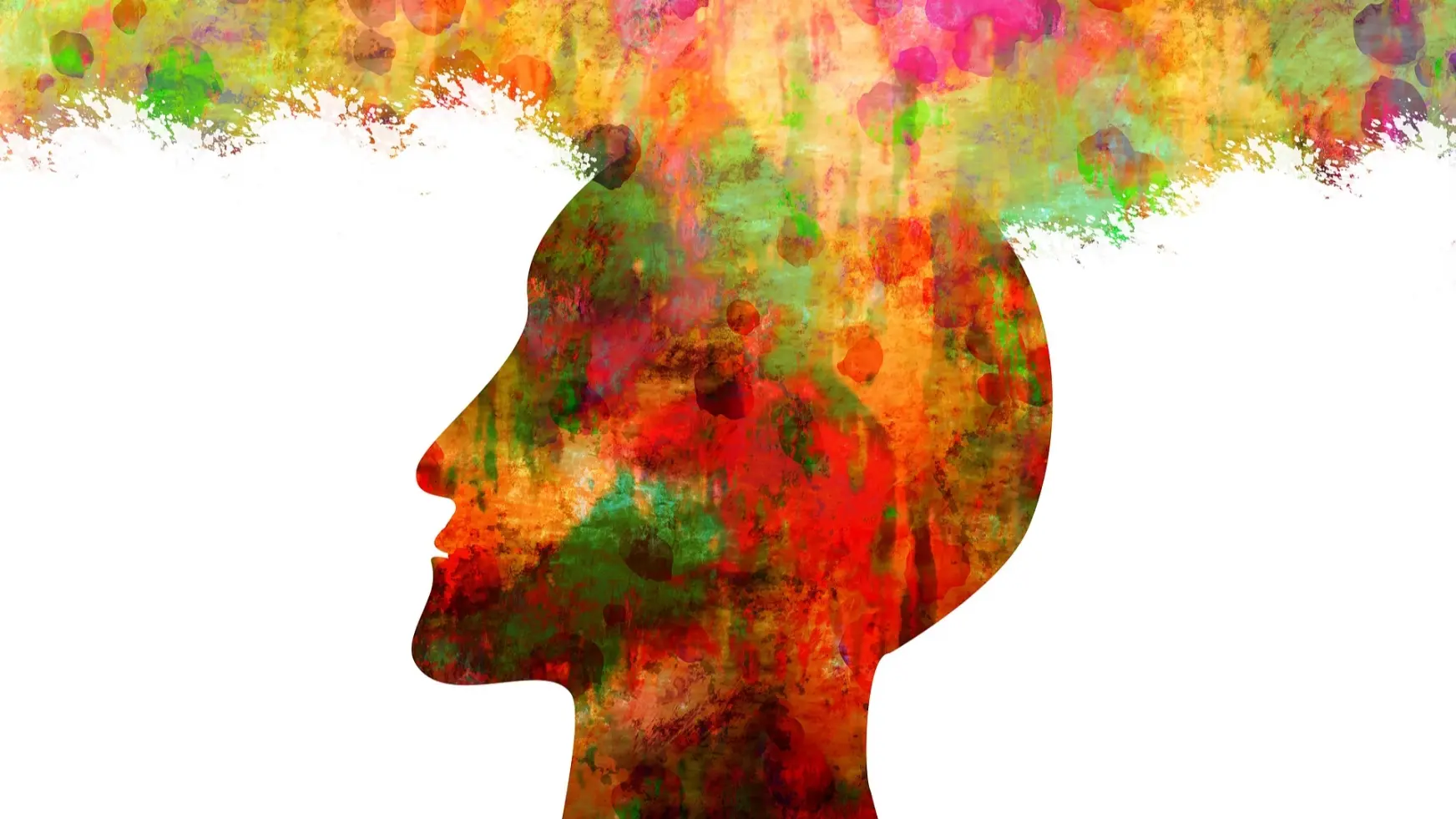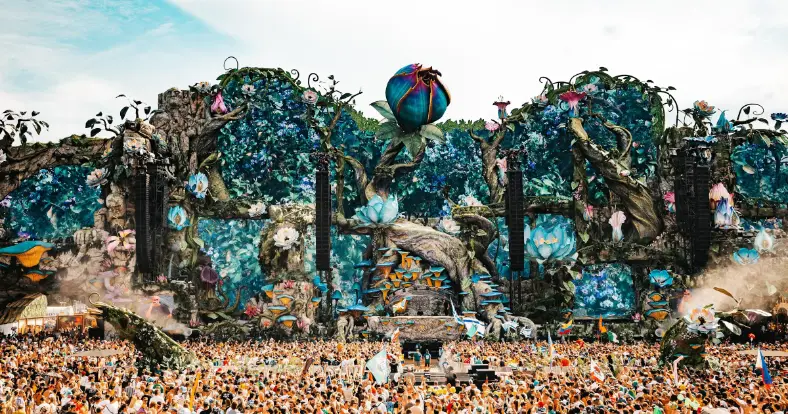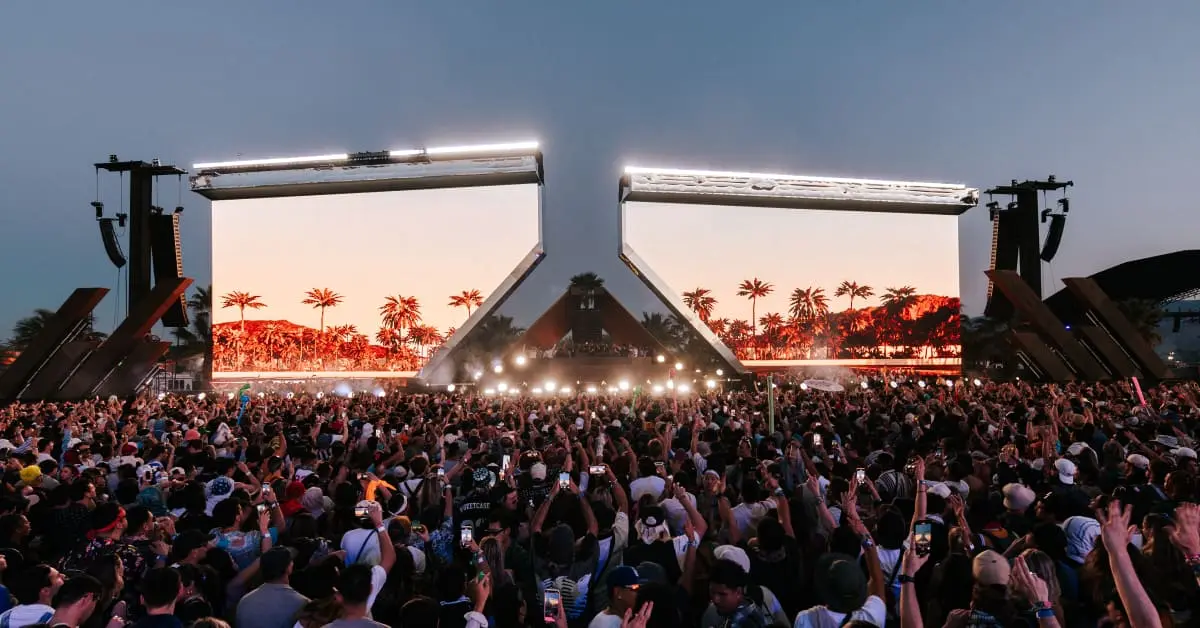The best events don’t just look good they feel right. That feeling? It’s not accidental. It’s psychology. Whether it’s the adrenaline buzz in a neon-lit product launch or the calm clarity of a muted, spotlight-driven investor summit, every element of an event’s visual design is doing something to your brain. In the world of event stage design, colour, lighting, and spatial layout aren’t just aesthetic choices they’re tools of influence.
The psychology of event design is about understanding how human perception works and designing spaces that evoke the exact emotional state your brand wants to trigger. And it’s no longer abstract theory. According to a 2024 Event Design Institute study, 91% of attendees say an event’s visual environment influences their overall impression of the brand, and 62% directly link stage lighting and colour to their sense of energy, trust, and focus in the space.
From the bold use of red in high-energy activations to the deliberate application of blue in trust-building corporate forums, the role of colour psychology in event stage design is more strategic than ever. And when paired with lighting, sound, and spatial cues, it becomes a mood engine one that drives recall, attention, and emotional connection. In this blog, we break down the core psychological principles behind creative event stage design, explore real-world use cases, and show how brands can engineer emotion at scale not through guesswork, but through design decisions grounded in science.
Why Psychology Matters in Event Design
Designing a stage isn’t just about what looks good on camera it’s about what the audience feels in real time. The psychology of event design is what transforms a set from visual backdrop to emotional driver. It’s the difference between attendees remembering your event... or remembering how they felt at your event.
In modern event stage design, every detail colour, shape, lighting angle, soundscape is engineered to influence perception. Bright, saturated colours elevate energy and urgency. Muted tones create calm and focus. Directional lighting can make a speaker feel powerful or vulnerable. Spatial layout affects how connected or distant the audience feels from the brand on stage. This isn’t creative fluff it’s behavioural science.
The psychology in event stage design leverages cognitive bias, emotional triggers, and environmental cues to shape mood and memory. Studies in environmental psychology have shown that colour and light can affect everything from heart rate to trust levels. In fact, the Association for Consumer Research reports that visual elements influence first impressions within 90 seconds, and up to 90% of that judgment is based on colour alone.
For brands that use events as critical brand moments product launches, investor briefings, content studios, leadership summits understanding the role of colour psychology in event stage design becomes a high-impact lever. It helps marketers not just build a vibe, but design a feeling that aligns perfectly with business goals.
In a world where attention is fleeting and impressions are everything, smart stage design doesn’t just fill space it sets the emotional tone for the entire experience. That’s the power of psychology. And that’s why it belongs at the heart of your creative process.
Related: Find the Best Event Management Company
Colour Psychology in Creative Event Stage Design
In any high-impact event, colour is more than a visual decision it’s a psychological strategy. The way you use colour across your event stage design affects attention, emotion, memory, and even behaviour. Understanding the psychology of event design means using colour not just to decorate, but to direct energy, mood, and message.
A 2024 study from the Institute of Applied Neuroaesthetics found that attendees retain 78% more branded content when colour schemes align with the emotional tone of the message. That’s why brands serious about impact lean into the role of colour psychology in event stage design as early as the concepting stage not the last-minute styling pass.

Red: Energy, Urgency, Action
Red activates. It increases heart rate, creates urgency, and grabs attention instantly. In creative event stage design, it’s used for launches, reveals, or brand moments that demand instant focus. Tech unveilings and automotive showcases often use red in lighting or floor washes to push adrenaline and anticipation. But overuse can cause anxiety it should be balanced with neutral grounding tones.
Blue: Trust, Intelligence, Calm
Blue is the universal trust-builder. It’s used in event stage design for panels, corporate forums, and leadership talks where authority and clarity matter. Studies from the Colour Research Institute show that 42% of global consumers associate blue with reliability which is why brands like IBM and HP dominate their stages with cool-toned washes and lighting grids. In the psychology of event design, blue is ideal for long-form formats that need calm retention and focus.
Yellow: Optimism, Innovation, Attention
Yellow stimulates the brain and sparks optimism. It’s especially effective in creative event stage design for innovation summits, student-forward events, or design expos. A pop of yellow in lighting, signage, or edge trims can elevate mood and spark curiosity. Used in moderation, it draws the eye and frames key visual content zones.
Green: Sustainability, Wellness, Balance
With the rise of climate-conscious branding, green has become synonymous with integrity, growth, and wellbeing. According to EventSustain’s 2023 Insight Report, 58% of attendees subconsciously associate green stages with eco-friendly values. For zero waste events or wellness-focused activations, green in stage and screen design anchors the narrative in nature, restoration, and authenticity.
Black & White: Contrast, Power, Minimalism
Black adds drama. White creates space. Together, they form a palette that feels premium, intentional, and high-contrast. For executive summits, fashion reveals, or prestige positioning, monochrome event stage design creates authority and impact. Black backgrounds with tight spot lighting pull the audience focus to the speaker or product. This pairing works well when the brand voice is sleek, serious, and highly visual.
Lighting, Layout, and Mood: The Complete Sensory Experience
While colour sets the tone, lighting and spatial layout control the rhythm. In the psychology of event design, these elements don’t just support the experience they are the experience. They guide perception, emotion, and attention in real time, making the event feel immersive, intentional, and aligned with the brand's core message.
Lighting is the emotional dimmer switch. Bright white lighting energizes. Low amber lighting soothes. Directional lighting builds drama, hierarchy, and intimacy. According to the Global Lighting Design Federation’s 2024 report, 70% of audience engagement is driven by dynamic lighting design with color shifts and movement creating spikes in attention and emotional response.
In event stage design, lighting is used to frame moments: a key speaker’s entrance, a product reveal, a mood shift before a keynote. Great design uses lighting not as decoration, but as a cue telling audiences how to feel without a single word being spoken. Brands that understand the psychology in event stage design know that lighting is never just functional it’s narrative.
Layout plays a different role it’s about connection. The spatial relationship between stage, screens, audience, and breakout areas defines how people interact with your content. Circular layouts encourage inclusivity. Elevated center stages create authority. Multi-zone configurations support experiential storytelling and brand immersion. Every angle, every aisle, every inch contributes to how the event feels, not just how it looks.
In fact, research by Event Design Collective found that attendees are 54% more likely to recall brand messaging when the stage layout encourages proximity and visibility meaning the physical setup of a room is just as critical as what’s on it.
When you bring all of this together colour psychology, lighting design, and spatial layout you unlock the full power of psychology in event stage design. You create environments that not only look intentional, but feel inevitable. And that’s what world-class events are built on.
How the World's Biggest Events Use Psychology to Design Emotion
The theory is one thing but when you see the psychology of event design applied at scale, it hits different. Global festivals like Tomorrowland, Coachella, and Rolling Loud don’t just build stages they engineer states of mind. Through layered uses of colour psychology, spatial storytelling, and immersive lighting, they create experiences that aren’t just seen they’re felt. These aren’t accidental design choices. They’re the product of deep strategy, creative precision, and a real understanding of how humans respond to space, light, sound, and colour. And the impact shows in audience engagement, media coverage, and unforgettable brand recall.
Here’s how the world’s most visually iconic festivals use event stage design to trigger emotion, heighten energy, and turn every moment into something worth remembering.
Tomorrowland: Crafting Immersive Fantasies Through Design

Tomorrowland stands as a testament to the power of integrating psychology in event stage design. Their 2024 'LIFE' Mainstage was a culmination of over two years of in-house design, featuring a world filled with creatures and plant life, symbolizing harmony and diversity. This intricate design was not just about aesthetics; it was about creating an environment that evokes specific emotions and narratives .
The CORE stage in Tulum, introduced in 2024, further exemplified this approach. Standing at 17 meters high and 30 meters wide, it integrated natural elements like water features and was equipped with 209 moving lights, 96 strobe lights, and 14 water fountains. The use of lights, video, and even scents was meticulously planned to take visitors on a sensory journey, aligning with the principles of colour psychology to enhance emotional engagement.
Coachella: Merging Technology and Emotion

Coachella's 2024 introduction of the Quasar stage marked a significant evolution in creative event stage design. Designed by Heather Shaw and her team at Vita Motus in under four months, Quasar featured two large LED walls displaying real-time augmented reality content tailored to each artist's performance. This innovative use of technology allowed for dynamic visual storytelling, creating an engaging and emotionally resonant environment for attendees.
The festival's 2023 art installations also played a crucial role in shaping the event's atmosphere. Large-scale immersive works, such as Kumkum Fernando's 'The Messengers' and Güvenç Özel's 'Holoflux', utilized vibrant colors and architectural designs to create spaces that invited exploration and evoked specific emotional responses, demonstrating the effective use of colour in creative event stage design.
Related: Why Coachella Music Festival Sets the Marketing Bar
Rolling Loud: Dynamic Lighting for High-Energy Performances

At Rolling Loud 2021 in Miami, the application of colour psychology was evident in the lighting design across multiple stages. The Ciroc Main Stage featured 92 MegaPointes, while the Audiomack stage included 66 MegaPointes and 36 BMFL Blades. These lighting choices were not arbitrary; they were strategically implemented to enhance the energy of performances by artists like A$AP Rocky and Travis Scott, aligning with the high-intensity atmosphere of the festival.
The Design Oasis team's work on the Snipes Stage further exemplified this approach. Utilizing CHAUVET Professional fixtures, they created vibrant hues and dynamic lighting effects that complemented the music and engaged the audience, showcasing the importance of stage design in shaping the overall event experience.
Every brand wants their event to be unforgettable. But in 2025, unforgettable doesn’t come from big budgets alone it comes from understanding how people feel in a space, and designing for that. That’s the power of the psychology of event design.
From the strategic use of colour psychology to the emotional precision of lighting and layout, great event design doesn’t just fill a room it shapes the experience. It directs energy, triggers emotion, and elevates content. The smartest brands and agencies today aren’t guessing what looks good. They’re using psychology to decide what feels right and what aligns with both audience response and business goals.
Whether you're designing a high-stakes product launch, a multi-stage music experience, or an intimate investor summit, the principles of event stage design can turn passive attendees into active believers. Because when you control mood, you control memory. And in the business of events, memory is ROI.
FAQs
What is the psychology of event design?
The psychology of event design is the strategic use of colour, lighting, layout, and sensory cues to influence how audiences feel, focus, and remember brand experiences. It’s about designing not just visuals but emotional impact.
How does colour psychology influence event stage design?
Colour psychology plays a major role in setting tone and mood in event stage design. For example, red energizes, blue builds trust, green signals sustainability, and black adds drama. Each colour choice affects audience perception and engagement.
Why is lighting important in stage design?
Lighting is one of the most powerful tools in the psychology in event stage design. It guides focus, builds emotion, and amplifies key moments. Smart lighting design can make a space feel intimate, exciting, serious, or celebratory all without saying a word.



.svg)